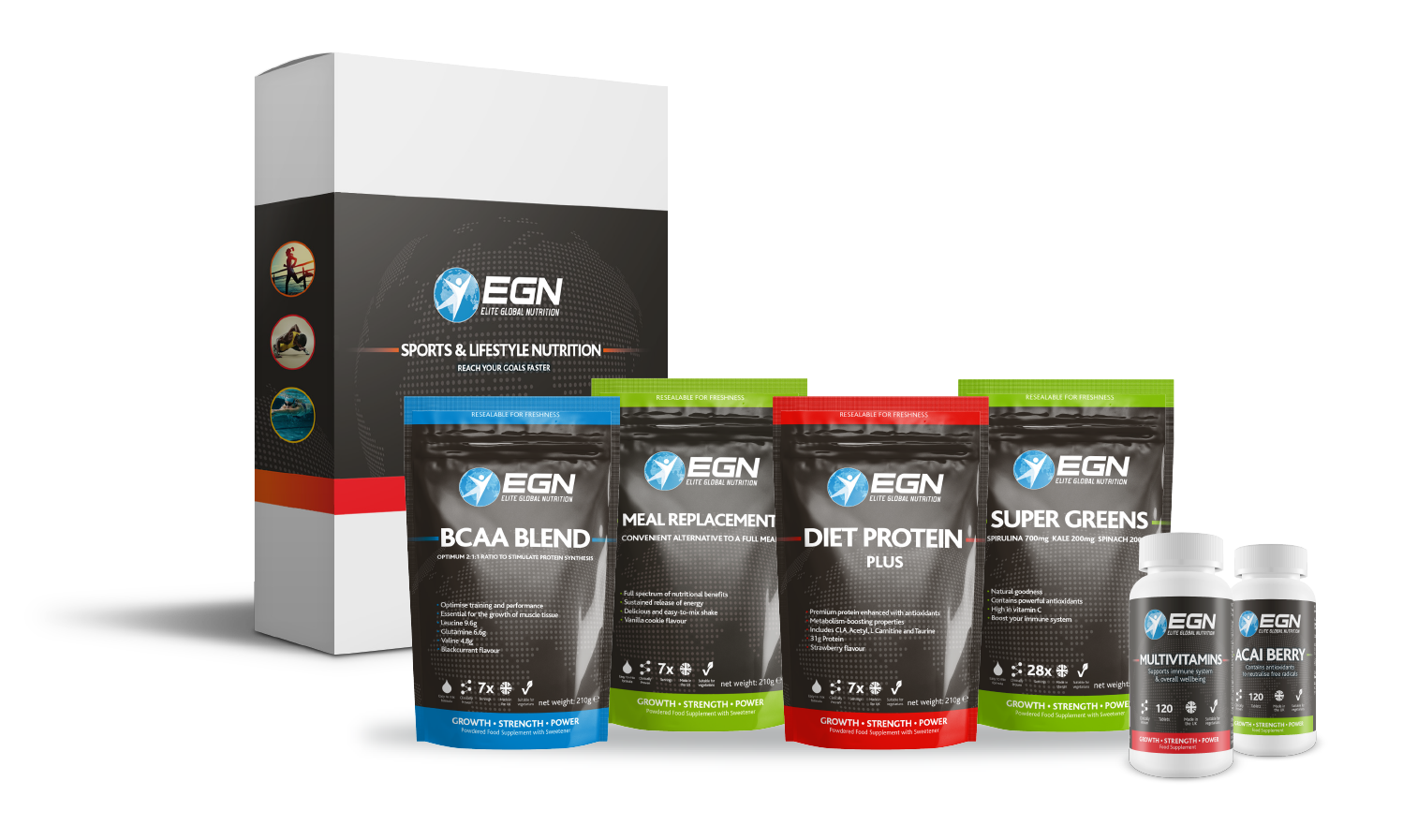Sports nutrition jobs
Informed Choice is a quality assurance program specifically created to serve athletes competing at the highest levels of collegiate, professional and Olympic sport subject to stringent anti-doping rules and testing protocols https://ulteriusaviation.com. They also recommend products for military and first responder personnel undergoing regular workplace drug test protocols.
There was a lot of variety in the way people trained, similar to today. But maybe the biggest similarity is how dedicated the athletes were. They weren’t worried about anything other than giving it their all. Earning every set and every rep.
Currently, Informed Sport is recognised by the British Armed Forces, the US Department of Defense, and the New Zealand Defense Force. Protect your career and reputation with safer military approved supplements that are tested and certified by Informed Sport.
The Warfighter Nutrition Guide (WNG) evolved into its first edition after many conversations, discussions, and interactions with military, fitness, and nutrition experts. Human Performance Resources by CHAMP (HPRC) updates it periodically to keep pace with new developments in nutrition and wellness.

Elite sports nutrition
To be sure, the challenge isn’t always just about knowing what and how much to eat. It’s also important to recognize that life circumstances can impact good nutrition. For example, youth athletes living in urban areas or in lower-income households may have difficulty getting regular access to high-quality foods, like fresh fruits, vegetables, and meats.
This isn’t the most exciting topic, but it’s incredibly important. That’s because if you don’t drink enough water—and become dehydrated as a result—your health will decline, your metabolic rate will slow, and your athletic performance will tank.12
My philosophy is food first and supplements second. Supplements are meant to simply supplement your balanced nutrition program and sometimes are necessary. The following supplements are the ones I most often prescribe for my athletes. For more information on supplements for athletes and active individuals, check out my blog.

To be sure, the challenge isn’t always just about knowing what and how much to eat. It’s also important to recognize that life circumstances can impact good nutrition. For example, youth athletes living in urban areas or in lower-income households may have difficulty getting regular access to high-quality foods, like fresh fruits, vegetables, and meats.
This isn’t the most exciting topic, but it’s incredibly important. That’s because if you don’t drink enough water—and become dehydrated as a result—your health will decline, your metabolic rate will slow, and your athletic performance will tank.12
International society of sports nutrition
Most of the scientific research investigating the effects of protein intake on exercise performance has focused on supplemental protein intake. From a broad perspective, the dependent measures of these studies can be categorized into two domains:
Collectively, these results indicate that increasing dietary protein can promote favorable adaptations in body composition through the promotion of fat-free mass accretion when combined with a hyperenergetic diet and a heavy resistance training program and can also promote the loss of fat mass when higher intakes of daily protein (2-3× the RDA) are combined with an exercise program and a hypoenergetic diet.
For those attempting to increase their calories, we suggest consuming small snacks between meals consisting of both a complete protein and a carbohydrate source. This contention is supported by research from Paddon-Jones et al. that used a 28-day bed rest model. These researchers compared three 850-cal mixed macronutrient meals to three 850-cal meals combined with three 180-cal amino acid-carbohydrate snacks between meals. Results demonstrated that subjects, who also consumed the small snacks, experienced a 23% increase in muscle protein fractional synthesis and successful maintenance of strength throughout the bed rest trial. Additionally, using a protein distribution pattern of 20–25 g doses every three hours in response to a single bout of lower body resistance exercise appears to promote the greatest increase in MPS rates and phosphorylation of key intramuscular proteins linked to muscle hypertrophy . Finally, in a series of experiments, Arciero and colleagues employed a protein pacing strategy involving equitable distribution of effective doses of protein (4–6 meals/day of 20–40 g per meal) alone and combined with multicomponent exercise training. Using this approach, their results consistently demonstrate positive changes in body composition and physical performance outcomes in both lean and overweight/obese populations . This simple addition could provide benefits for individuals looking to increase muscle mass and improve body composition in general while also striving to maintain or improve health and performance.
Food frequency questionnaires are considered an effective method for assessing habitual dietary intake, but they must be developed or validated with the target population. Portion size, supplement use and food…

Comentarios recientes